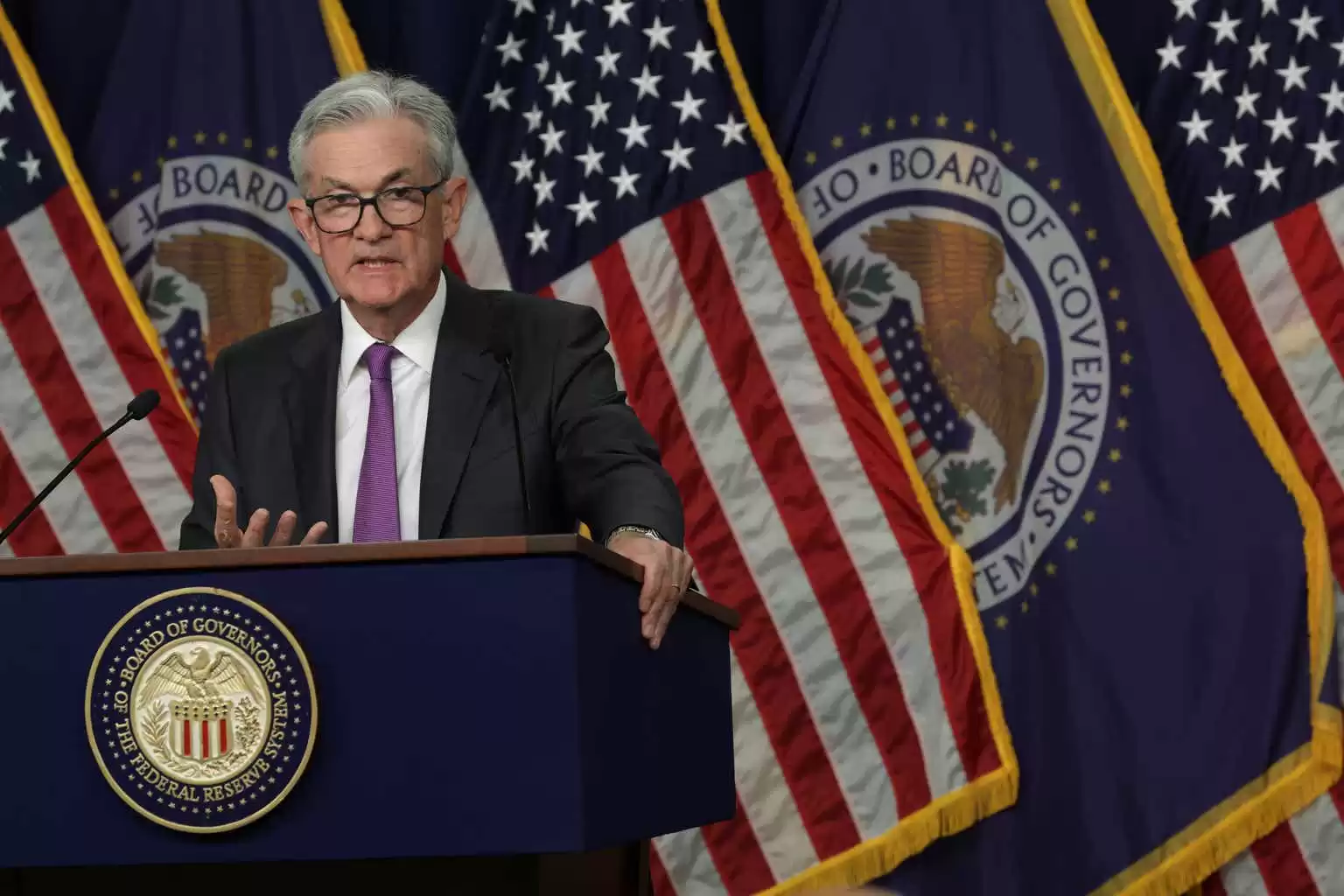September Fed Meeting: Key Takeaways After Rate Pause
Inflation is expected to be lower in the coming months, but elevated gasoline prices and labor movements could put upward pressure on prices.
Inflation is anticipated to be lower in the coming months, but there are factors that could create upward pressure on prices, such as elevated gasoline prices and the effects of recent labor movements. The Federal Open Market Committee (FOMC) held steady at its sixth policy meeting of the year, which was expected by many observers. However, some were hoping for more positive signs of conclusion in the rate campaign. Despite this, I believe it was the right call, considering the rise in gas prices and the positive momentum in various labor movements, which could impact prices in the future.
The FOMC decided to keep its benchmark federal funds rate at its current range of 5.25% to 5.50%, after raising it to a 22-year high in their July meeting. This is the second time in six policy meetings that the Fed has paused on raising rates.
In their release, the FOMC stated that they will continue to assess additional information and its implications for monetary policy. This indicates that the job is not yet done.
The FOMC noted that economic activity has been expanding at a solid pace, which is a contrast to their previous statement in July that it was expanding moderately.
The FOMC also acknowledged that job gains have slowed in recent months, with employers adding an average of 150K jobs over the last three months, down from the average of 238K jobs added from March through May.
Despite the slowdown in job additions, the FOMC recognized the underlying strength in the labor market, citing the low unemployment rate and elevated inflation rate. This is likely why they left the door open to at least one more rate hike in either November or December.
The openness to another rate increase had a dampening effect on the markets immediately following the release. The Dow gave up most of its earlier gains, while the S&P and Nasdaq traded further in the red, especially the tech-heavy Nasdaq.
In bond markets, the 10-year Treasury yield decreased slightly to 4.3%, while the 2-year yield continued to rise.
The Fed's dot plot showed that officials expect at least one more rate hike this year, and the majority stood at 12 policymakers, the same count as in June. The median projection for next year's rates increased to 5.1%, indicating that officials believe inflation will remain stickier than initially anticipated.
This change in projection is due in part to the Fed's revision in their economic forecasts. They now expect GDP to increase by 2.1% this year, up from their previous estimate of 1%. They also expect a smaller rise in the unemployment rate compared to their previous estimate.
Although policymakers expect inflation to be stickier, they do not necessarily expect it to be higher. Expectations for annual core inflation decreased to 3.7% in the fourth quarter, down from the previous estimate of 3.9%. The 12-month core rate is projected to be 3.8%, down 70 basis points from their last projection.
Even with these projections, inflation would still be above the Fed's 2% target. The Fed sees demand for labor moderating and evidence of declining inflation, but they are not comfortable enough to declare the job complete, hence the pause.
Elevated gasoline prices and momentum in labor movements are likely to put upward pressure on prices in the next three to six months. These factors are unlikely to be affected by Fed policy and may need to be addressed through other means.
The recent spike in gasoline prices is attributed to Saudi Arabia's decision to extend output cuts. Organized labor is also not influenced by interest rates. These factors are best addressed outside of monetary policy.
I expect the recent UAW strike to cause an increase in the vehicle component of the CPI in the near-term. I also anticipate the effects of elevated fuel costs to impact other components, such as airfare. However, a decline in the shelter component may offset these increases.
Despite these factors, I believe core inflation will end the year higher than expected. This makes the prospects of a rate cut next year unlikely. With higher rates expected for longer, it is advisable to maintain a higher level of cash and equivalents.












Comments on September Fed Meeting: Key Takeaways After Rate Pause